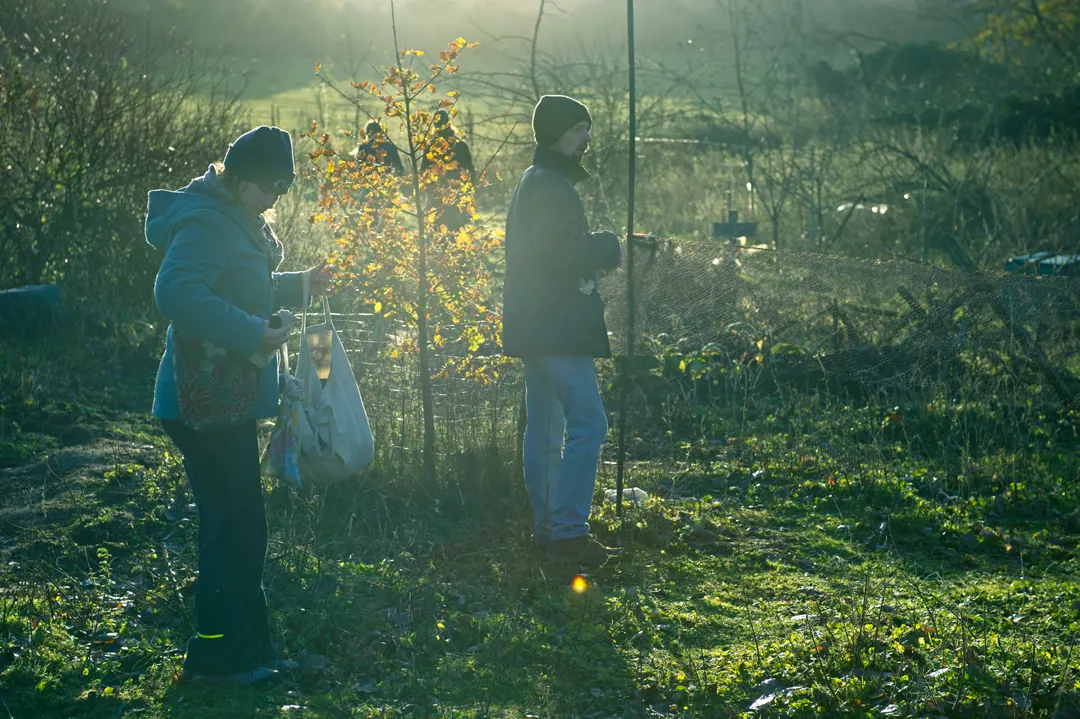Citation

Overview
The benefit of the information accrued when capturing wild animals for study needs to outweigh the potential risk to individuals that are caught. New BTO research, just published, assesses the potential effects of capturing wild birds.
In more detail
Wild birds have been marked with metal rings as part of scientific studies throughout the world for over a century. The data generated by these studies have provided much needed information on movements, demographic processes and individual life histories, as well as helping to guide conservation actions. Any effect of capturing wild birds on their individual welfare, or that of their wider populations, is an important ethical consideration; it also has significant implications for the integrity of the data collected, as biases may be introduced if capture and handling bring about changes in behaviour or survival. Ultimately, the benefit of the information accrued when capturing wild animals for study needs to outweigh the potential risk to individuals that are caught.
The potential effect of fittings rings or other devices to birds has been assessed previously, through a series of reviews and studies. The direct effects of the capture methods themselves have received less attention, however, with few published estimates of capture-related injury or mortality. A new study, examining 1.5 million recapture records of 166 passerine species, has investigated this issue for those birds caught using mist-nets by individuals operating under the British and Irish Ringing Scheme.
The training process is both structured and intensive, with volunteers individually mentored and then formally appraised before they are able to operate unaccompanied, a process that typically takes at least a couple of years and involves handling a significant number of birds. Mist-netting is considered to be safe and effective when carried out by experienced individuals trained in this way, and following published guidelines; despite this there are occasional incidents of capture-related mortality or injury. Defining any threshold of ‘acceptable’ mortality in the context of research into wild bird populations is a difficult and sensitive issue but it is important that we understand the level of risk, and its implications for welfare and data quality, at the level of both the individual and the wider species population.
This study quantified the reported mortality rate among common passerines recaptured using mist-nets, using data submitted to the BTO. Factors which may influence the likelihood of mortality were also investigated, facilitating improved guidance for those operating mist-nets to capture wild birds. Overall mortality rates were low – the average mortality rate was 0.0011 – with most fatalities reported to have occurred before individuals had been extracted from the nets. Juvenile birds appeared to be at greater risk than adults, and the incidence of predation – the single largest identified cause of mortality, accounting for over 70% of deaths – was seasonal, with increased risk during the winter. Mortality rates, although very low, varied between species; the apparent risk was greatest for Bullfinch and Chiffchaff.
Erica Spotswood and colleagues carried out an assessment of mortalities associated with mist-netting using data from several North American stations, reporting a slightly higher mortality estimate (0.0029) than that found here. Whilst it is important to understand and to minimise the scale of any effects on capture-related mortality or injury, it is unlikely that a zero mortality rate will ever be possible when trapping and handling wild animals for scientific purposes. Several previous studies have highlighted the importance of appropriate training, something that is central to the British and Irish Ringing Scheme where highly-valued ringing trainers help to maintain the highest possible standards.
The study also makes a number of recommendations; some of these will help to refine guidelines for those trapping and handling wild birds, while others suggest additional opportunities to secure information that could be used to better understand risk factors and associated mortality.

